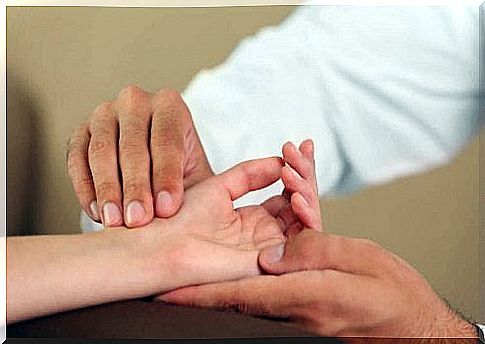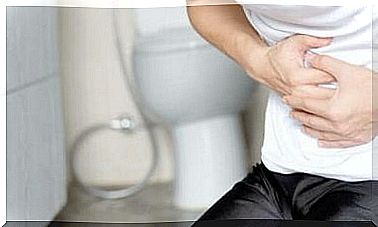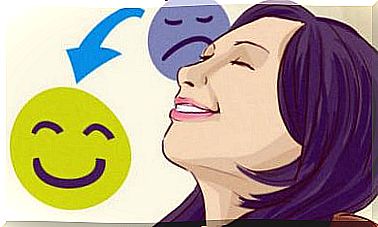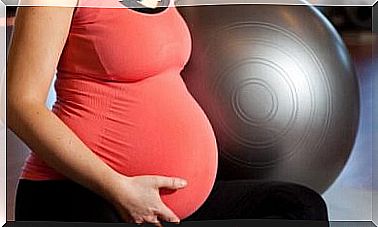Tendinitis From Breastfeeding
Moms tend to adopt bad postures, whether carrying or breastfeeding their babies, which can lead to different types of tendonitis. If you are a mom, get to know, detect and treat them.

Tendonitis is inflammation or irritation in the tendons, the fibers that bind muscles and bones together. Tendons are responsible for sending the energy produced by muscles to move a joint. It can appear during breastfeeding.
You can thus carry out daily activities such as carrying a baby, picking up an object or simply walking. Some areas of the body are more susceptible to tendonitis, such as the hands, shoulders, and heels.
Factors causing tendonitis during breastfeeding
The pain caused by tendonitis begins with a slight discomfort that you don’t pay attention to. Over time, the discomfort worsens and it is only when you can no longer move the joint that you realize that something is wrong.
Poor postures when carrying the baby are the main causes of tendonitis during breastfeeding. We adopt positions that are unnatural because we think the baby will be more comfortable.
In addition, we often take the baby with one arm by holding it on one side of the body and rotating our wrist like a spoon, which causes pain in the shoulders, back, hips and wrists.
Breastfeeding lying on the sofa or bed without proper support is one of the bad positions mothers often adopt.
Likewise, the repetitive movements and carrying the baby for hours ends up causing the discomfort that we are going to mention below.
Symptoms of tendonitis
In the majority of cases, this problem only affects one part of the body at a time. The first symptoms are simple annoyances that mothers cannot determine precisely.
Types of tendonitis
There are different types of tendonitis, but the one most related to breastfeeding is wrist tendonitis.
Quervain’s (or wrist) tendonitis

As the name suggests, this type of problem prevents proper movement of the wrist. It is the result of incorrect and excessive displacement of the tendon located in the thumb. It is due to repeated thumb pressure while moving the wrist.
This problem occurs in the majority of women after pregnancy. The first clue is pain or inflammation of the wrist, thumb, especially when repeating a movement.
It also develops when we perform tasks such as gardening, writing, gearing objects, very meticulous manual activities, video games or excessive sending of messages.
Calcified tendonitis or bicipital tendonitis
Although less common, this pain can also occur during breastfeeding. In front of the shoulder is the biceps tendon, which helps flex the elbow and shoulder forward, as well as rotate the forearm.
Inflammation of this tendon can occur when carrying the baby or carrying a heavy object and not distributing the tension throughout the body.
The symptom is pain on the front of the shoulder, which can be felt in the elbow and forearm.
Diagnosis of Quervain’s tendonitis

Seeing a specialist is the best option to diagnose this problem and receive treatment.
But if you want to know if the pain corresponds to Quervain’s tendonitis, do the following test:
Hold your thumb with the rest of the fingers of the affected hand, make a fist. Then lower your wrist as much as possible. If you have tendonitis, you will feel a characteristic pinching.
In addition, you will tend to have pain while doing any movement, even simple.
Treatments for tendonitis
It is a good idea to follow the instructions dictated by the specialist, although in general this type of problem is treated with a lot of rest.
It is very helpful to treat pain by applying cold compresses at least twice a day. This will help you relieve the inflammation.
Wearing a wrist guard (which covers the entire hand area with a binding) that limits movement is a great help in these cases.
If you decide to take pain relievers, ask your doctor for advice first. Remember that whatever you eat while breastfeeding, your baby will also ingest it. Ask your doctor for confirmation first before taking them.









